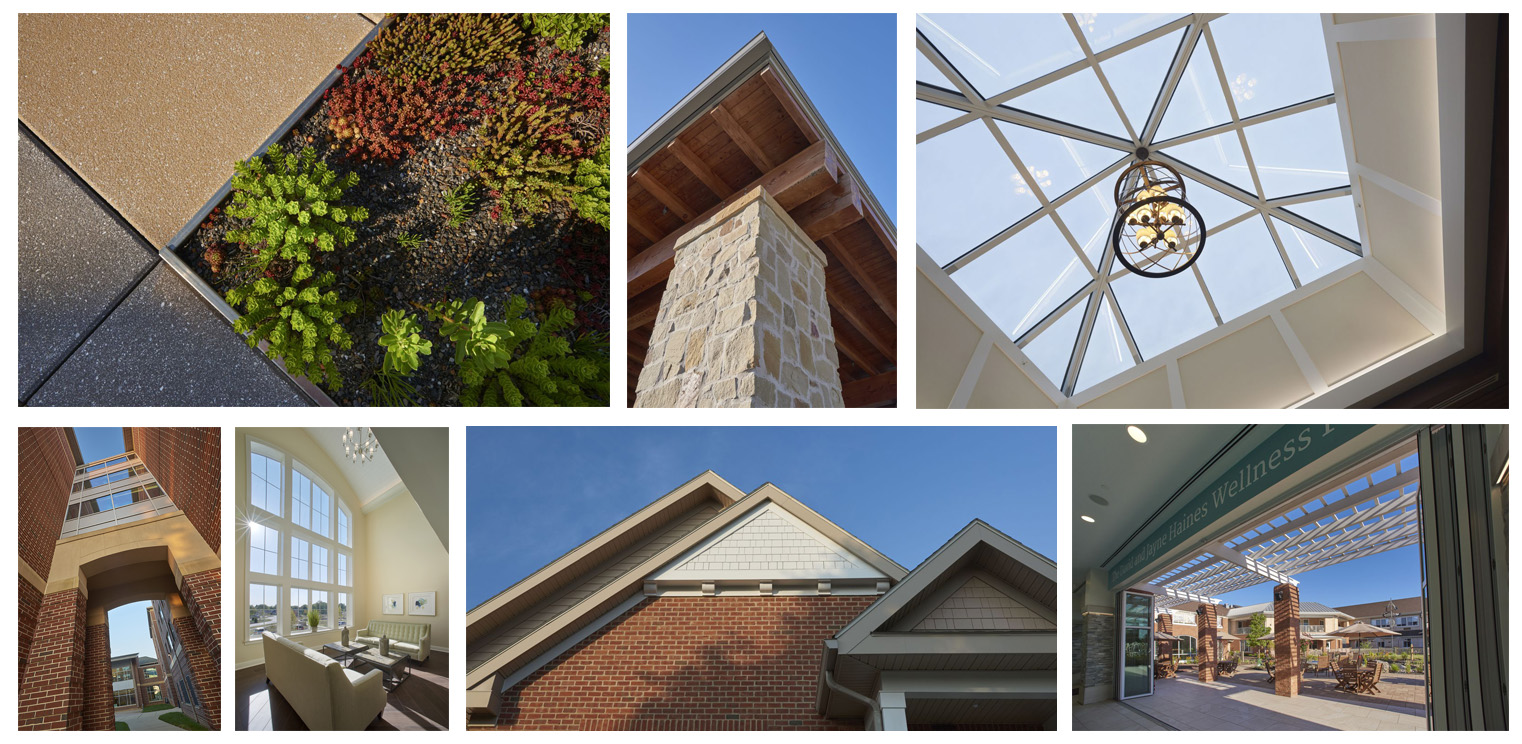The Devil is in the Details: Designing a Building Envelope to Stand the Test of Time
January 18, 2021
I’m one of the drafters at RLPS. We’re the people who document all of the details of constructing a building – how all of the individual pieces go together. Yes, we use state-of-the-art 3D modeling software to design each building, but we still “draw” a lot of the details individually – the digital equivalent of putting pencil to paper.
What is the building envelope?
One aspect of building design that we spend a lot of time detailing is the building “envelope”, the outer layers of the building that keep the elements out and keep the interior comfortable. The envelope performs those duties by managing and controlling heat transfer, rain and snow, water vapor and air movement.

The science of how the envelope keeps a building comfortable and safe has come a long way over the course of my career, and all of us in our profession have had to continually learn about new concepts, materials and methods that enable the building envelope to perform better. We need to stay current not only on the latest products that insulate, seal air gaps, and keep water out but also on the most recent research on what works and what doesn’t. Some parts of a building’s envelope – roof shingles, for example – are easy to see. But most of them are hidden inside walls, above ceilings, and under floor slabs. These include various forms of insulation, air and vapor retarders, air-sealing gaskets, and sealants. Putting these barrier elements in the right places is important, but just as important is knowing where not to put them.
An effective envelope also includes spaces that allow water, excess heat and vapor-laden air to escape to the exterior or interior, depending on the climate. In order to draw a building’s envelope details accurately, we need to be familiar with all of those products and design practices. But more importantly, we need to understand the underlying concepts that drive envelope design – the building science.
How do you know what works?

Those lessons on what works and what doesn’t are the most important body of knowledge we have related to the building envelope. For example, in response to the oil crises of the 1970s, we learned that thoroughly insulating a building can produce significant savings in heating and cooling costs. But we also learned the hard way that the wrong building materials in the wrong places can prevent a building from drying when it gets wet, leading to moisture damage and toxic mold. Fortunately for us in the design profession, there are building science professionals who continually study these issues and help us determine current best practices for various climates and building types.
One such valuable resource for RLPS is Building Science Corporation (BSC), a nationally known consulting firm with expertise in managing the building envelope to optimize energy efficiency, indoor air quality, comfort and durability. BSC provides us with education and training on building science issues that we can apply to every project.
One good example is “vapor drive” , the building-science term that describes the movement of water vapor into and out of a building which constantly occurs in imperceptible ways, show on the left. Imperceptible, that is unless too much vapor accumulates and condenses in the wrong places, which can degrade indoor air quality and damage the building.
Using the understanding we’ve gained from BSC’s research and analysis of vapor drive, we fine-tune the envelope of each building to properly control vapor drive depending on the building’s design and location. For example, a building in New England, where winters are cold, will have a slightly different envelope from one in hot, muggy Florida.

We can also utilize BSC as a consultant on individual projects to optimize the building envelope. During the design phase, they review the drawings and evaluate our design in terms of controlling the indoor environment and energy efficiency. And during construction, BSC can team up with our own construction administrators to guide contractors in constructing the building envelope according to the drawings and specifications, down to the smallest details.
As the old saying goes, “the devil is in the details”. Our job is to exorcise the devils from our details and replace them with the better angels of building science – the products and technologies that manage the effects of air, water and temperature extremes. A robust building envelope is critical for creating a comfortable indoor environment and a building that can stand the test of time.
Robert (Bob) Young, retired from RLPS at the end of 2020. He joined the firm in 2015 and had more than 23 years of experience drafting the technical details for senior living, educational, commercial and residential design projects. Bob wrote this blog prior to his retirement and now looks forward to completing all of the unfinished renovation projects at his home, as well as starting on some new ones. He and his wife also plan to start traveling when things open up again.